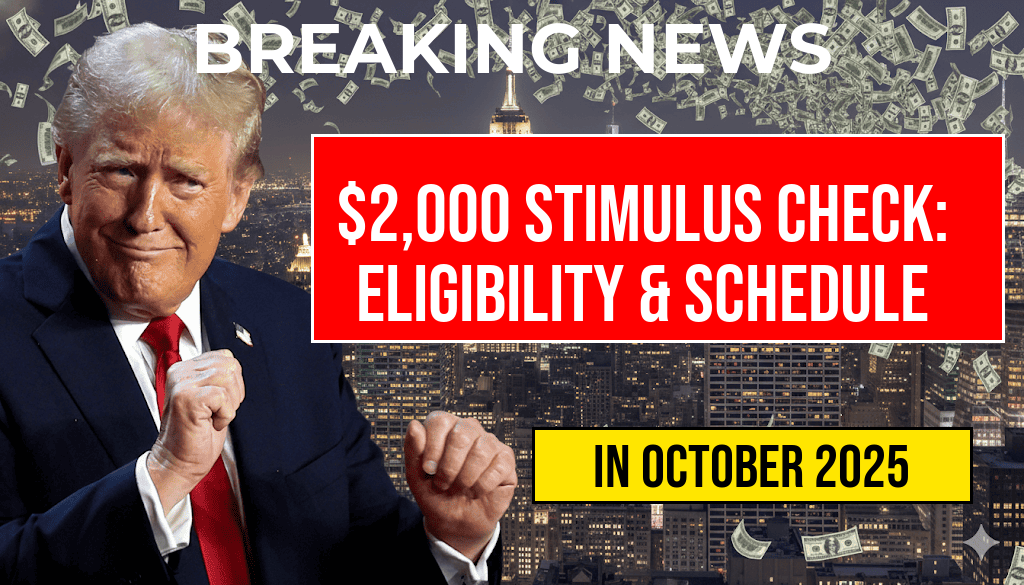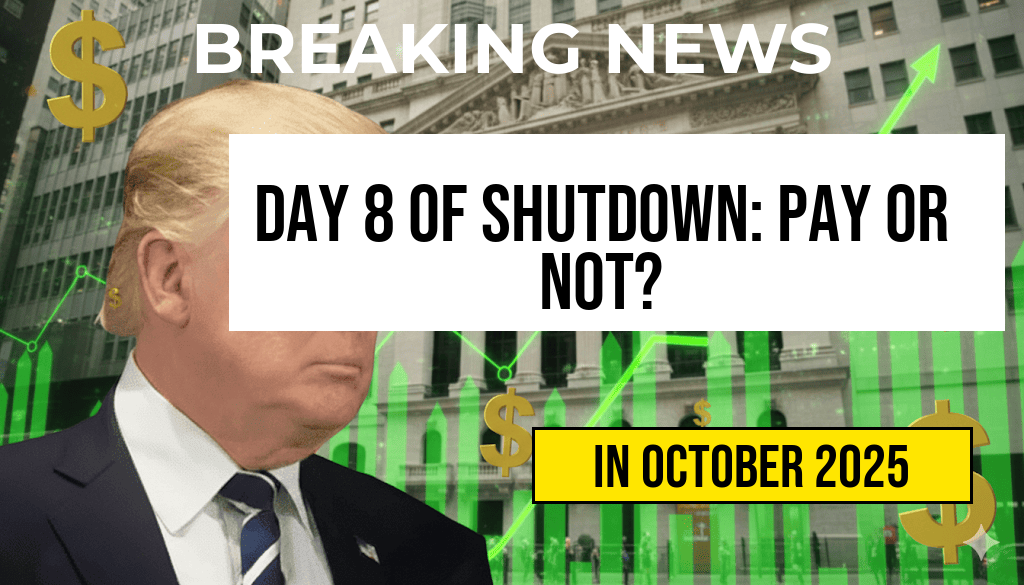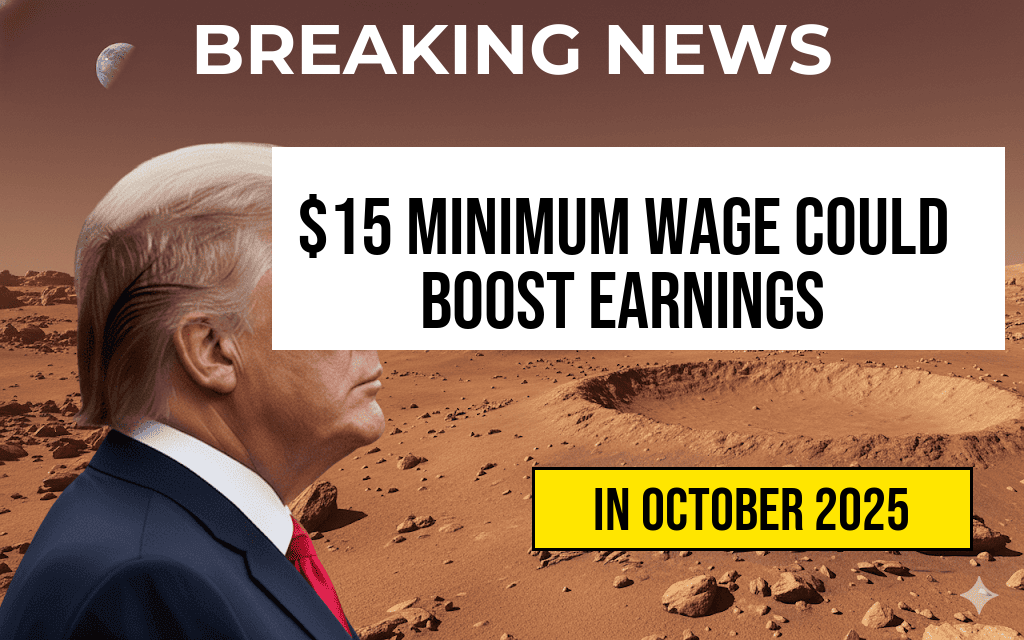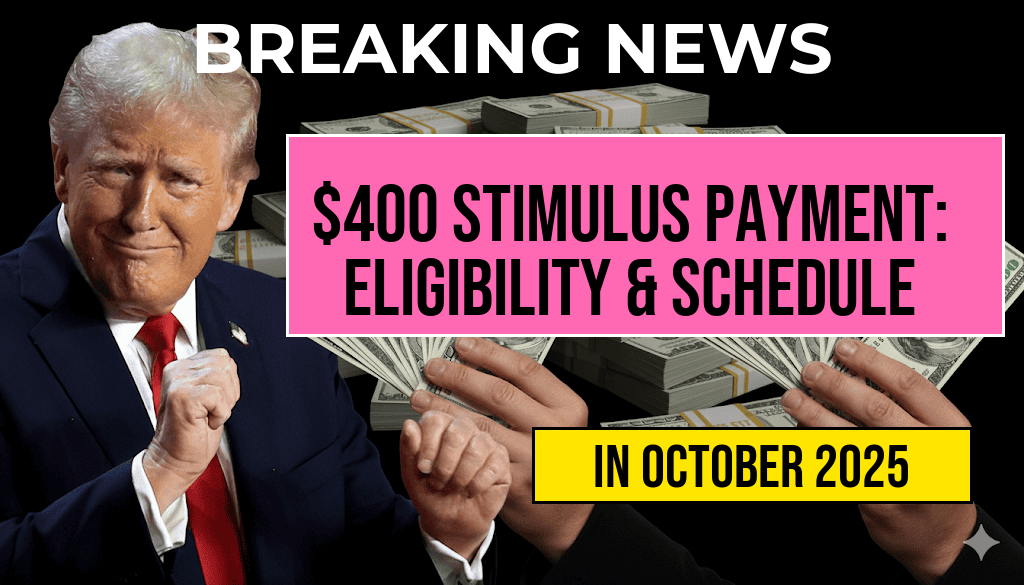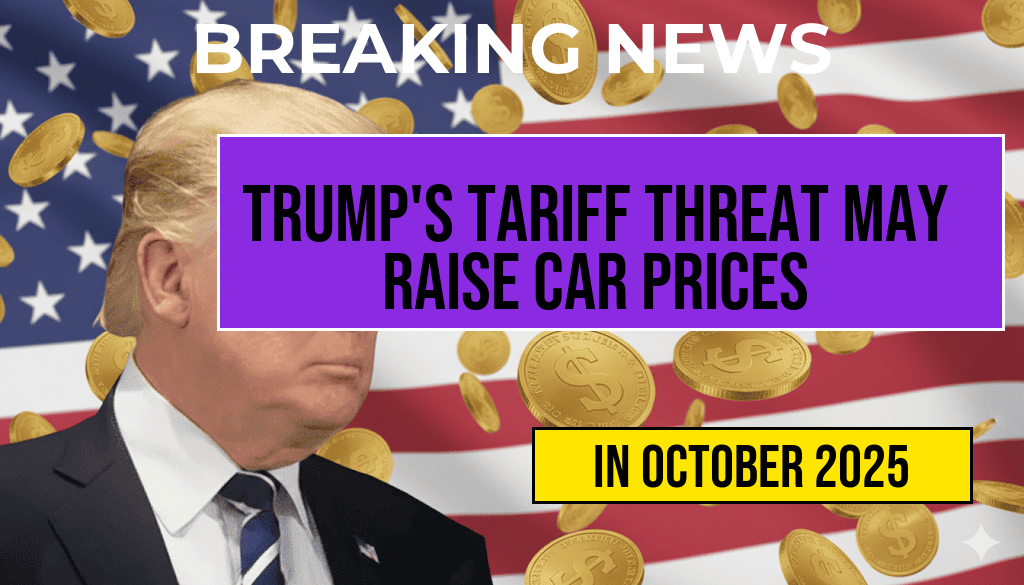The U.S. government has initiated the distribution of a new stimulus payment, offering eligible Americans a $2,000 check. This latest round of financial aid aims to support individuals facing ongoing economic challenges. Unlike previous stimulus efforts, this payment is targeted at specific qualifying groups and follows a distinct schedule for deposits. As the distribution commences, eligible recipients are urged to verify their eligibility criteria and monitor their bank accounts or payment platforms for the upcoming deposits. This initiative comes amid ongoing discussions about economic support measures and reflects continued efforts to provide relief in fluctuating financial conditions.
Details of the $2,000 Fourth Stimulus Check Distribution
The newly issued $2,000 stimulus payments are part of a broader federal effort to bolster household finances. The payments are being distributed through direct deposit, prepaid debit cards, or paper checks, depending on the recipient’s registration preferences and prior interactions with government agencies. The distribution process began earlier this month and is expected to continue over several weeks, with the goal of reaching millions of Americans who meet the specific eligibility standards set by federal and state authorities.
Eligibility Criteria for the $2,000 Stimulus Payment
Eligibility for the $2,000 stimulus check is determined by several factors, primarily centered around income, household status, and recent participation in government programs. Key criteria include:
- Income Limits: Applicants must have a adjusted gross income (AGI) below $75,000 for individuals or $150,000 for joint filers, aligning with thresholds used in previous stimulus distributions.
- Residency: Applicants must be U.S. citizens or legal residents, with valid Social Security numbers.
- Filing Status: The payment is typically available to those who filed a federal tax return for the previous year or meet specific criteria for non-filers.
- Dependents: Unlike earlier rounds which included dependent payments, this stimulus primarily targets individuals without dependents, though some exceptions apply.
- Recent Participation in Assistance Programs: Recipients of Social Security, SSDI, or veteran benefits may qualify automatically, provided they meet income and residency criteria.
Individuals unsure about eligibility are encouraged to consult the official IRS portal or state-specific agencies for precise guidance. Further details can be found at the IRS website.
Deposit Schedule and How to Confirm Receipt
The deposit schedule varies depending on the recipient’s preferred payment method and the state of residence. Payments are being processed in phases, with most direct deposits expected to arrive within 7–10 business days after approval. Paper checks and prepaid cards may take longer, typically up to three weeks, due to mailing times.
| Payment Method | Expected Arrival Time | Notes |
|---|---|---|
| Direct Deposit | 7–10 business days after approval | Fastest option; check bank account |
| Prepaid Debit Card | Within 10–14 days | Delivered via USPS or partner carriers |
| Paper Check | Up to 3 weeks | Delivered through USPS first-class mail |
Recipients can verify their payment status by logging into the IRS portal or their state’s financial aid website. Additionally, watch for official notifications via email or postal mail confirming the deposit or check dispatch.
Additional Considerations and Next Steps
While the $2,000 stimulus check provides substantial financial relief, recipients should remain vigilant for potential scams. The IRS and other federal agencies will not contact individuals via unsolicited emails or phone calls asking for personal information related to stimulus payments. Confirm all communications through official channels.
For those who qualify but have not yet registered or updated their information, now is the time to do so through the IRS Get My Payment tool. This platform offers real-time updates on payment status and additional instructions.
As discussions about future aid initiatives continue in Congress, eligible Americans can stay informed by regularly checking reputable sources such as Forbes or official government websites. The ongoing efforts aim to ensure that financial support reaches those most in need during these turbulent economic times.
Frequently Asked Questions
What is the Fourth Stimulus Check and how much is being distributed?
The Fourth Stimulus Check is a financial relief payment of $2,000 being distributed to eligible individuals to support them during economic challenges.
Who is eligible to receive the $2,000 Fourth Stimulus Check?
Eligibility criteria include income thresholds, filing status, and prior stimulus payment history. Specific requirements are outlined by the distributing agency and may vary by state.
When will the deposits for the Fourth Stimulus Check be made?
The distribution schedule varies by location, but many recipients are expected to receive their $2,000 payments within the coming weeks, following the official deposit schedule.
How can I check the status of my Fourth Stimulus Check?
You can verify your payment status through the official portal or the agency responsible for distribution, using your social security number and personal information.
Are there any additional requirements or documents needed to receive the stimulus payment?
Recipients may need to provide certain documentation or confirm their eligibility via application or online portal to ensure timely payment processing.

